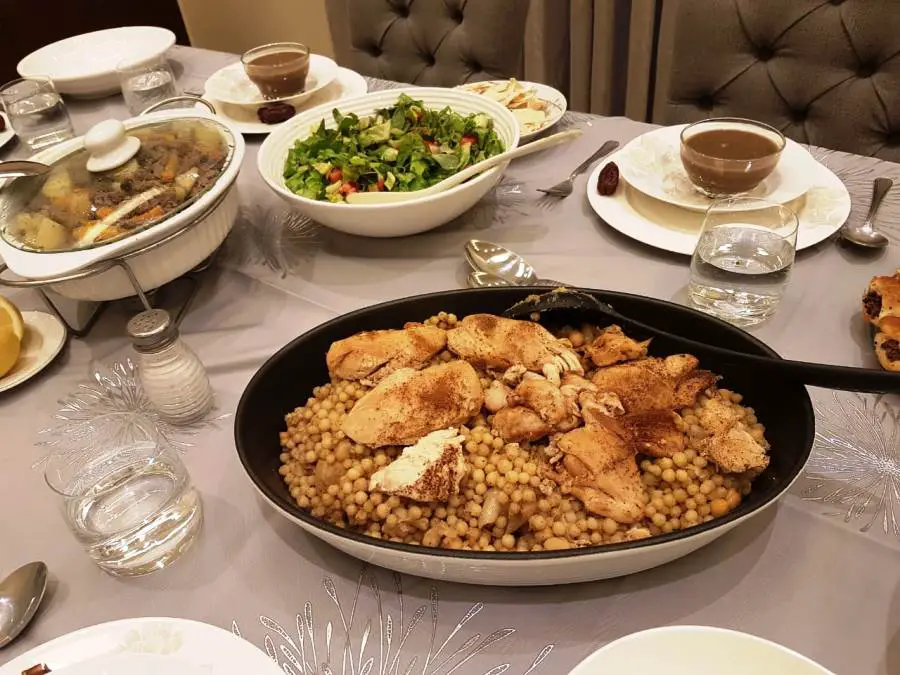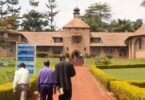Ramadan is an auspicious month for Muslims across the world with fasting and prayer taking centre stage.
Fasting and prayer are systematic in every part of the world for people who profess the Muslim faith but one important element about Ramadan is Suhoor and Iftar which brings the aspect of food to play.
Suhoor is the early morning meal taken before sunrise and Iftar is the evening meal that breaks the fast in the evening. In both Suhoor and Iftar, there are popular foods that set the table in many houses for Muslims when breaking their fast and closing it.
Let’s find out which these popular foods are.
Also read: 7 Interesting Facts About The Holy Month Of Ramadan
Dates

Dates. [Photo: The Spruce Eats]
Dates contain healthy sugars and have high fibre content. They make it easier for your digestion and contains a high amount of other nutrients. They are a popular snack during Ramadan.
Shorba
Shorba is a blend of lentil soup together with vegetables. It has a high protein content and rich in fibre which eases digestion. It is an iftar soup that breaks the fast.
Keema hamburger
Small pocked of dough shaped into a Star-shaped resembling a samosa are stuffed with beef or mutton with spices and deep-fried. It is a major snack during iftar.
Kibbe
Kibbe is a popular dish made from wheat pouches and then stuffed with meat which is later deep-fried and eaten as a snack.
Haleem
A nutrition-packed meal is in Haleem, a stew containing meat, wheat, lentils and spices cooked over low heat.
Afghani Bolani
This special type of flatbread traces its roots to Afghanistan. In it, there are potatoes, onions, spices and herbs stuffed. It is later baked or fried and is eaten during Iftar and Suhoor.
Kebabs
Kebabs are made from a generous amount of minced meat with eggs and onions shaped into rods and deep-fried or grilled. They are good for breakfast.
Also read: 7 Moroccan Foods You Must Taste
Ramazan Kebabi
From Turkey with love, Ramazan Kebabi finds its place in Muslim homes during Ramadan. It is made of mutton, onions, yoghurt and pita bread.
Chapati
Chapati is prepared from wheat and oil. It is a popular dish in East Africa enjoyed by both Muslims and non-Muslims. It features in both Suhoor and Iftar during the holy month of Ramadan.
Lavash
Lavash is a type of cracker bread from Armenia eaten during Ramadan.
Dahi Vada
Lentils are laced with yoghurt and then coated with spices and chilli. It is a fulfilling Iftar dish.
Fruit Salad
Fruits are great sources of vitamins eaten after Iftar or in Suhoor. Fruits are great sources for hydrating the body and rejuvenation after hours of no meal.
Knafeh

Egyptian Knafeh. [Photo courtesy]
It is prepared with a pastry such as thin noodles or fine semolina dough which is dipped in honey or a sweet sugar syrup before it is coated in cheese or nuts.
Fasia
Fasia is a North African dish which is prepared from beans and meat and topped with splashes of vegetables.
Bamia
Bamia is a food prepared from meat stew and okra taken during Iftar.
Pilau Biryani
There is nothing that beats the pilau biryani prepared by Muslims especially those from the East African coast.
Biryani is a type of rice that is fluffy cooked with meat, potatoes, boiled eggs, chicken and spices. It is the pride of the East African coastline. The signature dish which you Muslims love with one accord. During Ramadan, it is common for Iftar.








